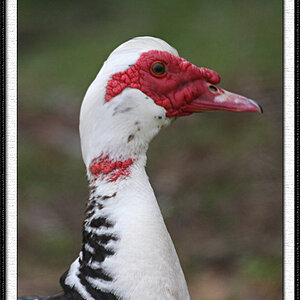rp1600
TPF Noob!
- Joined
- Jul 20, 2006
- Messages
- 267
- Reaction score
- 0
- Location
- Lafayette, Louisiana
- Can others edit my Photos
- Photos OK to edit
I've never before shot sunrises or sunsets and now there's some trick to balancing the the brightness of the sun, the sky and the shadows of the foreground objects.
Any as-simple-as-it-gets advice on shooting a sunrise like this. This was early morning, around 7:20 a.m. with blue sky and perfectly round, orange sun.
This image is straight from the camera -- Canon Dig. Reb XT, shot at f/9, 125th. I basically aimed the camera out my car window and shot it while cruising down the interstate.
Any as-simple-as-it-gets advice on shooting a sunrise like this. This was early morning, around 7:20 a.m. with blue sky and perfectly round, orange sun.
This image is straight from the camera -- Canon Dig. Reb XT, shot at f/9, 125th. I basically aimed the camera out my car window and shot it while cruising down the interstate.


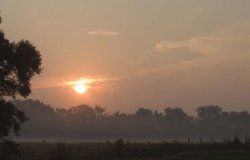
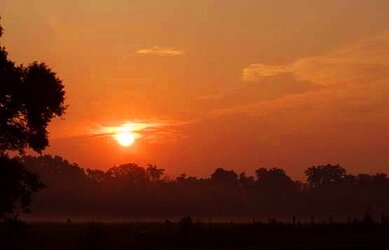


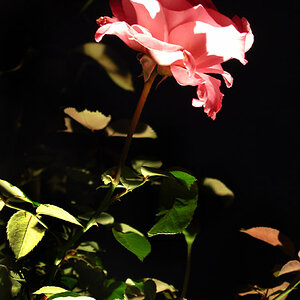
![[No title]](/data/xfmg/thumbnail/32/32159-cd588f68f116c390a4eaddec2380f1a6.jpg?1619735234)

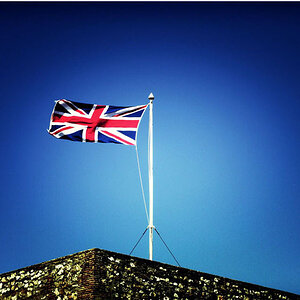
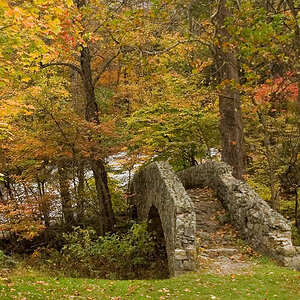
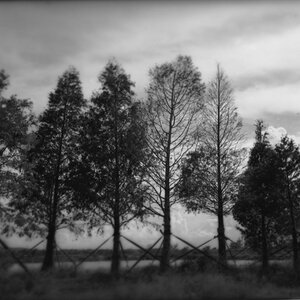
![[No title]](/data/xfmg/thumbnail/35/35869-2e4166624c383d0d2dec81e5b0f6e5dd.jpg?1619737196)
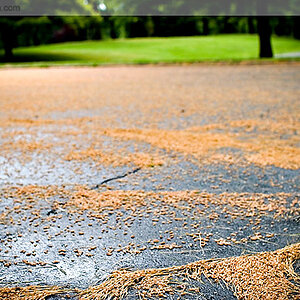
![[No title]](/data/xfmg/thumbnail/35/35868-15d995e4052bf05e2038e8b2a545a08f.jpg?1619737195)
